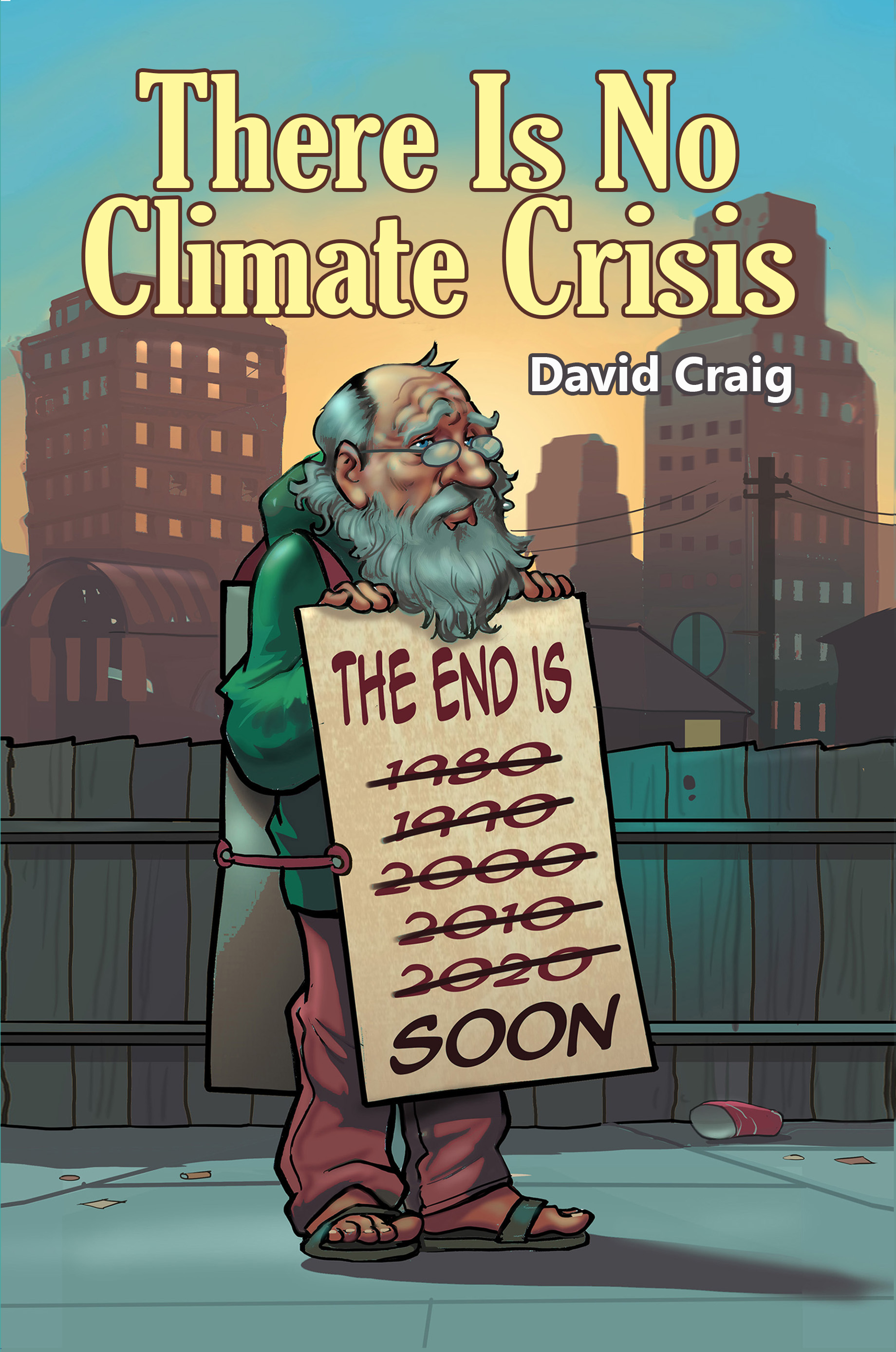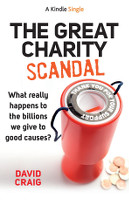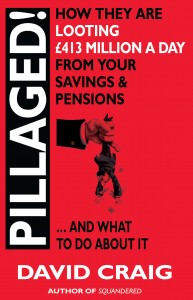Wednesday-Thursday blog
You�ll all have no doubt heard and read possibly statistically-challenged journalists excitedly hyperventilating about the new �miracle drugs� � Ozempic and Wegovy. At first they were targetted at the very lucrative weight loss market. But now a new study tells us they can also reduce the risk of heart attacks and strokes:
- �Weight loss jab could reduce heart attack risk by 20%� said the BBC
- �Weight loss drug could reduce heart attack risk by 20%� said the BBC�s in-house journal � The Guardian
- �Obesity drug cuts risk of heart attack or stroke regardless of weight lost� said Sky News
- �Weight loss drug also protects against heart disease� wrote Scientific American
- and lots of other mainstream media contained the same story
But there are some curious aspects to this story: firstly because this impressively-positive study was sponsored by Novo Nordisk � the manufacturer of the two drugs. Moreover, the latest version of the study was completed a couple of months ago. The fact that it is now being so widely reported suggests that what we�re getting may be a well-funded PR campaign run by Novo Nordisk rather than hard-working, investigative journalists coming to conclusions based on actually looking at the detailed study results. Some cynics have even suggested that the �miracle, breakthrough drugs� campaign has been launched to try to distract us from stories about the negative and sometimes dangerous side effects of these two drugs.
But perhaps the key issue is: what is actually being measured by the reported �20%� reduction in heart attacks and strokes in the drugs manufacturer’s self-promoting study.
There are two main ways a pharma company can express results of their clinical trials – ‘relative risk’ and ‘absolute risk’. Let me use a simple example to explain.
Let’s imagine a five-year study done on a new statin in a medium-risk group of say 10,000 participants. Half the participants are given the new statin and the other half a placebo. Let’s further imagine that just 1.9% of those given the statin have heart attacks during the five years compared to 3.1% in the placebo group. The statin manufacturer could report that the risk of a heart attack in the group given the statin reduces by 120 heart attacks per 10,000 people. That’s an ‘absolute risk’ reduction of around one person per 100 people – 1.2% – (310 � 190) /10,000. But given typical side-effects of statins � headache; dizziness; feeling sick; feeling unusually tired or physically weak; digestive system problems, such as constipation, diarrhoea and indigestion; muscle pain; sleep problems; low blood platelet count and more serious issues such as liver damage, diabetes and memory impairment � many doctors would not be too enthusiastic about prescribing this new statin and many people wouldn’t be too excited about taking it for the rest of their lives if it just reduced the risk of a heart attack by one person per 100.
However, there’s another way for the pharma company to report their study results � this is the ‘relative risk’. In this case, the ‘relative risk’ of having a heart attack for those not taking this ‘wonderful new groundbreaking’ statin would be around 63% higher (3.1 ��1.9) than those taking the statin. So using the ‘relative risk’, the pharma company could report that their statin almost halves (I hope I’ve got that right) the risk of a heart attack. Now that’s a more impressive claim to encourage doctors to prescribe and patients to take this new statin.
However, when reporting side effects from their products, pharma companies tend to use ‘absolute risk’. For example, a study of around 467,000 people on various medical databases was conducted to assess whether there was an increased risk of people on statins developing acute pancreatitis. In the non-statin group (233,425), there were 1,355 cases of acute pancreatitis and in the statin group (233,647) there were 1,807 cases. If the pharma company was to use ‘relative risk’, they’d have to admit that there was a 33% increased risk of developing acute pancreatitis from taking statins. That’s not likely to encourage either doctors or patients. However, using ‘absolute risk’ the pharma company could say that the increased risk of acute pancreatitis from statin use was a mere 1 case per 1,000 people. That’s obviously a much more positive message than using the ‘relative risk’ of saying there was a 33% increased risk of acute pancreatitis.
I admit I haven’t looked through the detail of the new Novo Nordisk study suggesting that their products, Ozempic and Wegovy, are new wonder drugs which, in addition to being effective against obesity, can also reduce the risk of heart attacks and strokes by 20%. But I strongly suspect that Novo Nordisk have used the ‘relative vs absolute risk’ trick when reporting their study results. I imagine that Novo Nordisk have used ‘relative risk’ for reporting the amazing benefits of their products – a 20% reduction in heart attacks and strokes – and ‘absolute risk’ when downplaying the likely side effects. I look forward to someone much more intelligent than myself investigating this to find out what is really going on.














This cannot be said often enough. The place where it should be said is when patients are asked to give informed consent for their treatment but the health service doesn’t bother to do this. I have never been proscribed any drugs or vaccines and been told the benefits and risks or given them in writing. We do get some information with drug leaflets but none with vaccines.
We saw this with the covid vaccinations which were said to have a “95% efficacy” but I never heard anybody define what it meant and people were left to make up their own mind. I suspect most of them thought that 95% of the people vaccinated would not be infected. It was a relative risk and so a reduction in the risk of the unvaccinated getting infected. The brief trials showed the risk of infection as around 1% and importantly there was no information about the risks associated with the vaccines from the trials.
When the benefit is low then the risks associated with the vaccines become more important. Thousands are said to have died and millions said to have serious health problems which are much worse than having covid for a few days.
Even more important for flu and covid, it is well known that vaccines are not very effective for these viruses. They enter the lungs and sit in the mucus lining for about 5-7 days. The vaccine in the blood does not come into contact with the virus during this period and when the virus gets into the blood the worst of the infection is over. The vaccine cannot prevent the spread of the virus. This is why the development of a nasal spray vaccine is important and might do what the injected vaccines cannot do.
Why does the medical profession not tell patients this? Is it because they are all in the pay of the drug companies or don’t they know, which is even more concerning.
All of this is not difficult to understand. It could easily be explained in schools but instead fear was spread by government propaganda. It was just the same will Al Gore and his inconvenient truth. The schools could have told pupils about correlation analysis and why it is impossible to see in complex graphs.
Excellent point. Thank you.